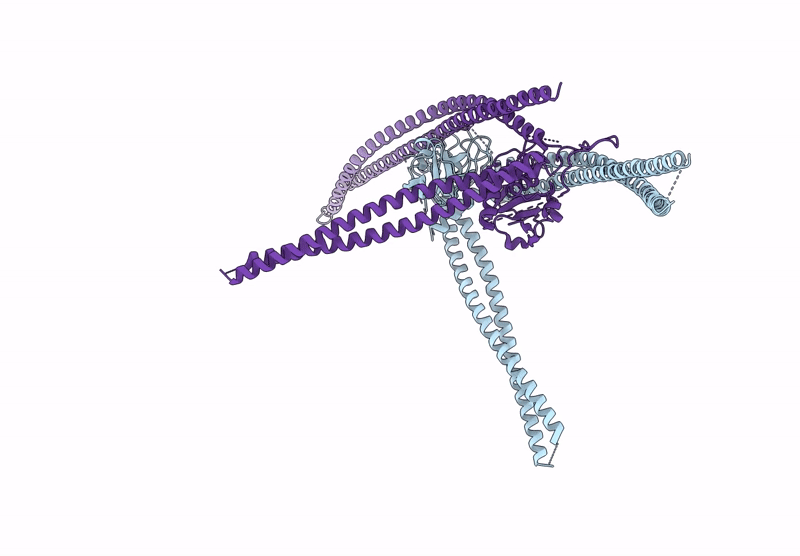
Deposition Date
2022-08-25
Release Date
2023-01-18
Last Version Date
2024-06-19
Entry Detail
PDB ID:
8AUC
Keywords:
Title:
Structure of peptidoglycan hydrolase Cg1735 from Corynebacterium glutamicum, trigonal crystal form
Biological Source:
Source Organism:
Corynebacterium glutamicum ATCC 13032 (Taxon ID: 196627)
Host Organism:
Method Details:
Experimental Method:
Resolution:
3.50 Å
R-Value Free:
0.26
R-Value Work:
0.22
R-Value Observed:
0.22
Space Group:
H 3 2


